Figures & data
Figure 1. Literature review process.
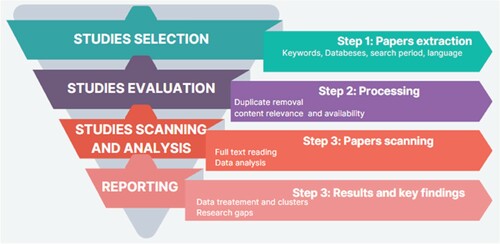
Table 1. Summary of the review protocol.
Figure 2. Theoretical framework of CLSS 4.0drivers and barriers.

Table 2. CLSS4.0 drivers and barriers identified from the literature.
Figure 3. Research design.
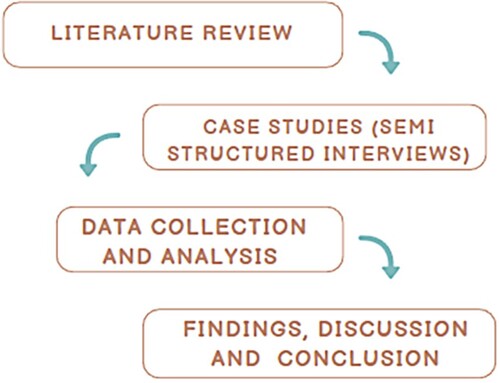
Table 3. Characteristics of companies involved in the study.
Figure 4. Driving factors of CLSS4.0 adoption.
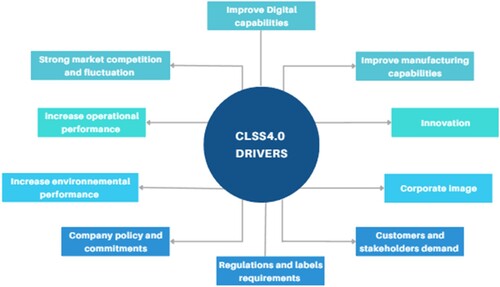
Figure 5. Summarised thematic analysis.
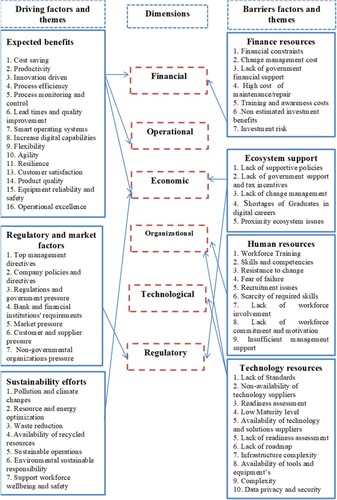
Figure 6. Barriers factors of CLSS4.0 adoption.
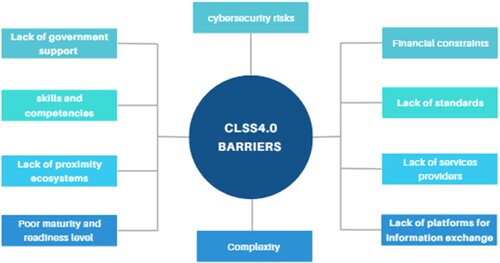
Table 4. Summary of the participants’ recommendations.
Figure 7. Conceptual framework supporting CLSS4.0 integrated approach.
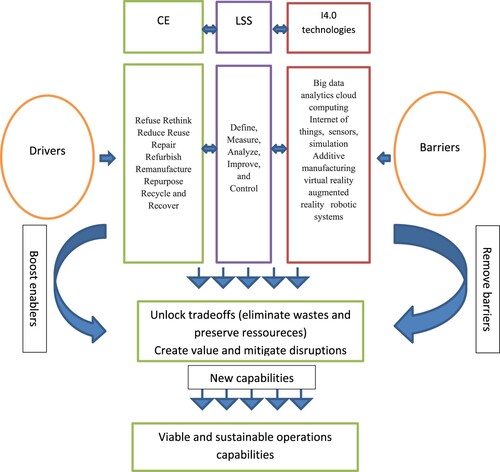
Data availability statement
The data that support the findings of this study are available on request from the corresponding author, [A.Sh]. The data are not publicly available due to restrictions.
